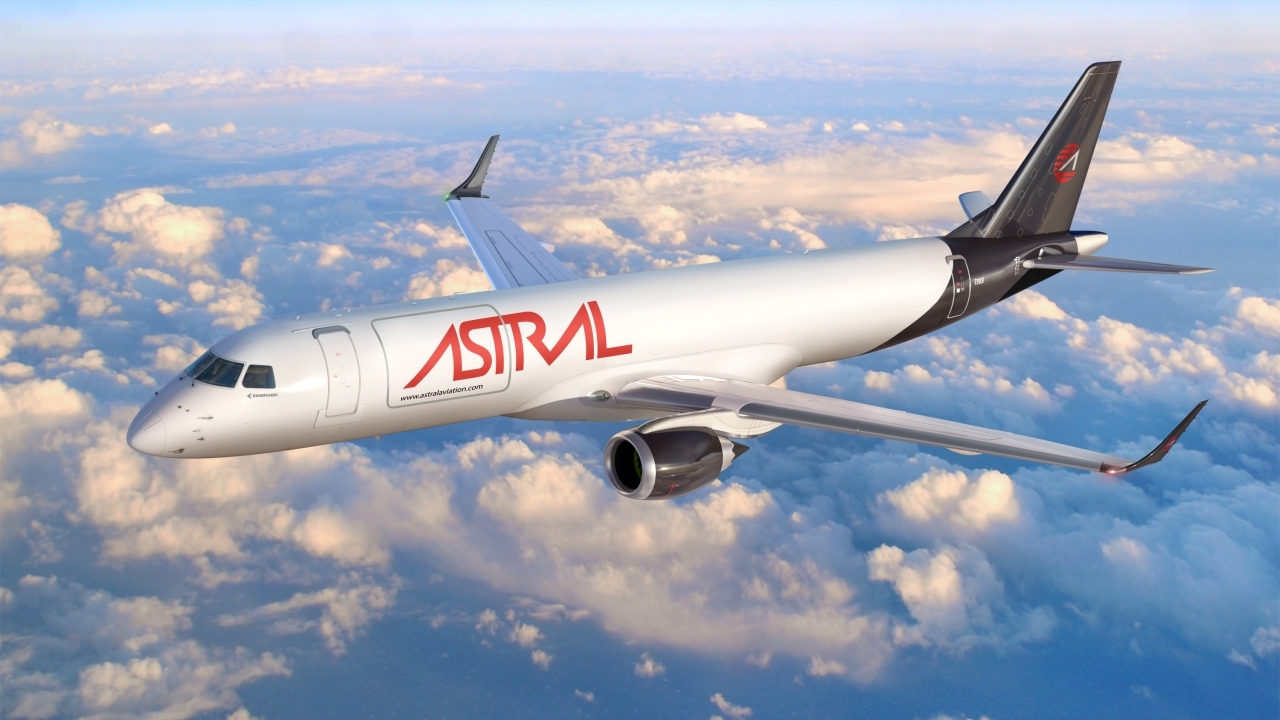Ethiopian expands its in-flight catering centre
Ethiopian Airlines inaugurated its new $20 million catering centre in Addis Ababa late last year. Kaleyesus Bekele reports.

As part of its 15-year growth plan, dubbed Vision 2025, Ethiopian Airlines established Ethiopian Catering as one of its seven strategic business units in 2011.
Built in the 1960s, the existing Ethiopian Catering facility, located in Addis Ababa, produced 36,000 meals daily. It provided fresh meals to Ethiopian, which operates 240 daily flights. It also served some international airlines flying to Addis Ababa, such as Turkish Airlines and Air China.
Ethiopian Catering also serves VIP, executive and charter flights services coming to Addis Ababa.
However, increasing demand required the construction of a new catering centre in Addis Ababa. Ethiopian has grown by 25% since 2005. It has opened many international destinations and acquiring new fleet. This, by itself, has escalated the demand for an additional flight catering service. But the management also wants to aggressively work on a third-party catering business, looking after more airlines coming to Ethiopia and even branching out to other African countries.
Accordingly, the airline built a new $20 million state-of-the-art catering centre, which has the capacity to produce 100,000 meals daily. It covers 11,500sqm of land and was designed and built by Italian firm, Elmi Olindo.
The new G+1 facility encompasses modern operations and is fully equipped with high-tech cooking and bakery equipment, large capacity dish washing and heavy-duty ice-cube machines, hot kitchen, storage units, cold rooms, stores, flow wrapping, loading bays, high lift trucks and vans, varieties of cooling facilities, a dedicated Halal kitchen, as well as number of modern rooms.
Inaugurating the new centre on October 29, Ethiopian Airlines Group CEO, Tewolde Gebremariam, said the airline was making massive investments in the infrastructure required to meet its fast growth. Maintenance hangars, a cargo terminal and a four-star hotel were some of the major on-going construction projects. The catering facility was part of this infrastructure development endeavour.
“We are preparing the airline with a very strong foundation for the 21st Century competitive landscape in the competitive global aviation business,” Tewolde said.
He claimed the new facility was the biggest in-flight catering centre in Africa, adding that it would enable the airline to offer a large variety of menu meals on board Ethiopian flights, including Ethiopian national dishes, Chinese cuisines, Italian, Halal food, and all the varieties needed for the carrier’s global customers.
“Our plan is to expand the catering business to other sister African countries. Immediate expansion will be to our west African hub in Lome, Togo, followed by our southern Africa hub, Malawi and the central African hub in the Democratic Republic of Congo (DRC) or in Congo Brazzaville,” he said. “So the aviation group is going to expand the hubs in all parts of the continent. At our heart, we are a pan-African airline. We have served Africa for the past 70 years at good and bad times.”
Aklilu Habtu, in-flight catering director, said Turkish Airlines was Ethiopian Catering’s largest customer. “We are also bidding to add more international airlines,” he said.
Habtu revealed that Ethiopian Catering had started buying fresh produce from local famers’ cooperatives. “We are training them in the method of producing high-quality vegetables and fruits. This has enabled us to offer organic foods to our passengers.”
Italian national, Gaetano Cristiano, is MD of Ethiopian Catering. “We are, at the moment, producing 40,000-50,000 meals per day,” he said. “We are mainly serving Ethiopian flights. But we also serve Turkish Airlines, Air China and VIP flights of the United Nations, African Union and other charters. We cater for presidential flights coming to Addis Ababa.”
“We import some beef and chicken from South Africa, high-quality products from Europe and fish from Thailand.”
Cristiano said he was happy with the quality of the organic fruits and vegetables that local farmers’ cooperatives were supplying. “We need to increase the quantity. Securing the required quantity of the product with the required quality is always a challenge but we are working hard on that. But at the moment I am happy with the quality of the local fresh products supplied by the farmers.”
He said the biggest challenge was satisfying customers’ demands. “I want our customers to say ‘Wow’ every time they fly with us.”
Under Vision 2025 the airline has set a target to generate $50 million annually from its catering wing.
Stay up to date
Subscribe to the free Times Aerospace newsletter and receive the latest content every week. We'll never share your email address.

